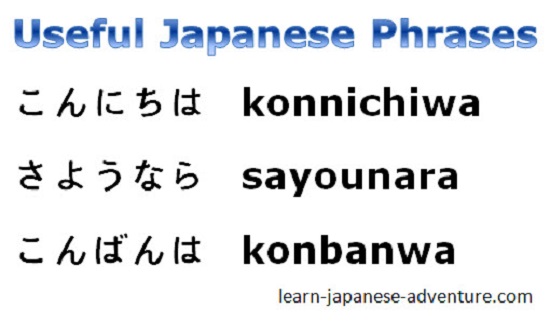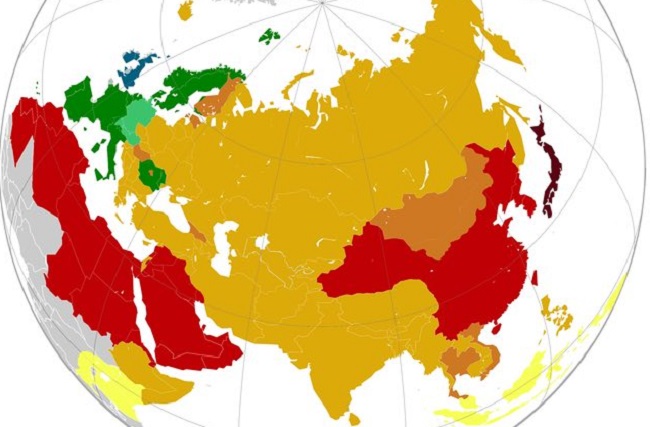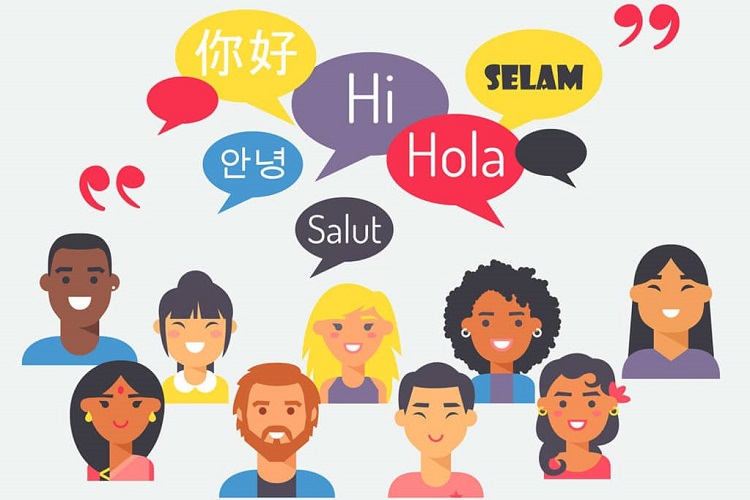Learn to say hello and goodbye in Japanese. Here are some tips. The first word is an issue, which is used mainly by men. Then follow it with the other letter to say “good morning” or “hello.” This form of greeting is used in formal greetings as well. However, it’s best to practice it before trying it in conversation. It’s the standard way to greet someone in Japan.

The second word is ai. This word is pronounced ai-zan and means “hi” in English. If you’re unsure which one to use, try saying ‘Konnichiwa’ first. This phrase is used between friends and family. It is widespread to hear this greeting, but there are several variations. The first is the simplest and is pronounced ‘ai’.
‘Ohayo’ is an informal way to say “hi” in Japanese. It’s used by people of any age or social status. It’s a very casual greeting. The second is ‘Hisashiburi’, which means “good morning.” These phrases have different meanings. For instance, ‘Ohayo’ can mean ‘good day’ or ‘how are you doing today?’
‘hoho’ means “hello” in English, but there is no final ‘u’. It’s used by young women and girls when they want to attract attention. The third word, ‘hi’, is the same as in English. In addition to ‘hello’, the Japanese word for hello is ‘Moshi Moshi’. It is a more casual way to say hi.
In Japanese, the ‘Hero’ is a non-standard greeting that has different meanings depending on the person you are greeting. This is a ubiquitous greeting used by young girls and women. Depending on the context, it can mean how have you been recently or what’s up. But, it is not a strict translation of ‘hello’. Instead, it is a more informal way to say hello.
The ‘ho’ in Japanese greeting is similar to the English word, but the final ‘u’ isn’t pronounced. The word ‘ho’ is a generic term for hello and is primarily used between friends. ‘Hello’ is the same word as “good-bye.’ It also means “hello.” The Japanese equivalent of ‘hi’ is ‘o’, the same as ‘hi’ in English.
The most basic way to say hi in Japanese is by saying ‘Konnichiwa’. It’s like the English “hello” but is less formal. Ai-Satsu sounds more like ‘hey’, but it’s a form of greeting that’s similar to the English “hello.” It’s the equivalent of ‘hello’ in Japanese. You can also call someone’s name by their first name, ‘Konnichiwa.
‘Ai’ is the same as ‘hello.’ When greeting someone, use the correct greeting. The right way to say hi is ‘o’. ‘O’ means “hello’. In addition, ‘o’ is a form of ‘hi’, which sounds like ‘hi’ in English. When talking to a Japanese, you can use ‘ai-status or ‘o’.
Another critical aspect of saying hi is how to greet others. While the English version of “hi” has the same meaning as ‘hello,’ ‘hi’ is a more formal greeting. In contrast, ‘Konnichiwa’ is a shortened version of hello. It’s a universal greeting used in every situation, including business meetings. When speaking with a Japanese native, it’s essential to say the correct “corniche” when they ask you questions about you.
“Hello” is the main greeting in Japanese. It is used for the same purpose as the English word and is an informal greeting used by young people and girls. It is also a relaxed way to greet friends and colleagues. As the Japanese word for “good” can be very long, it can sound confusing when it’s spoken in the wrong way. It’s better to say ‘hi’ in a conversation with your friend.
When you’re in Japan, you may want to say “hi” to your friends and family. In the US, this is similar to “hello” in English. But in Japan, this greeting is more formal. You’ll hear it more in the afternoon when people are busy with work. If a Japanese greets you, you’ll say “hi” to all your friends.



